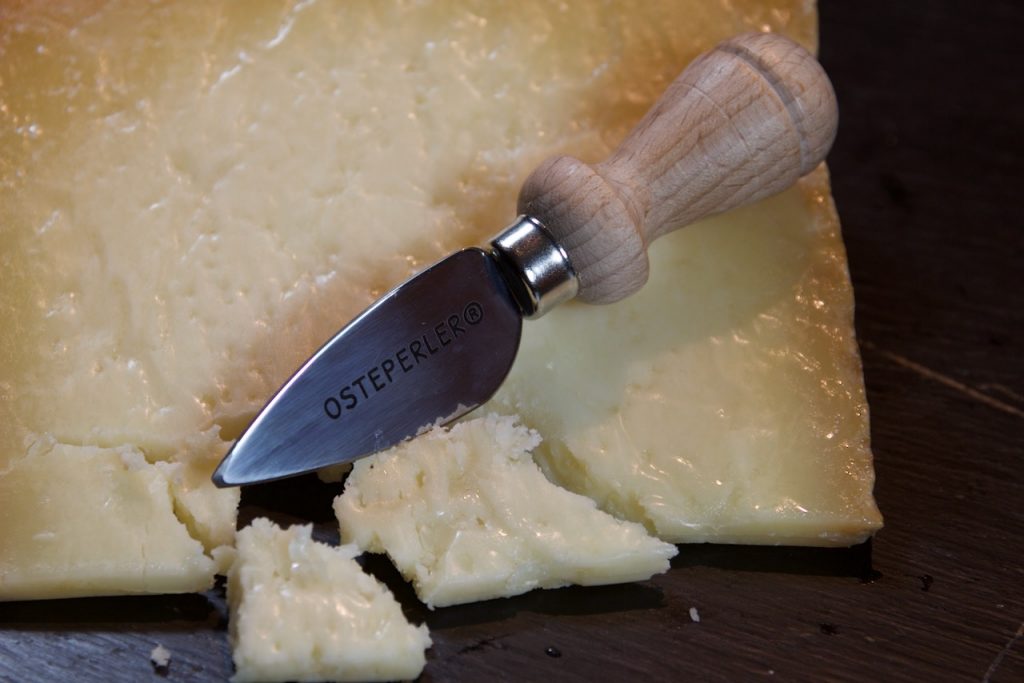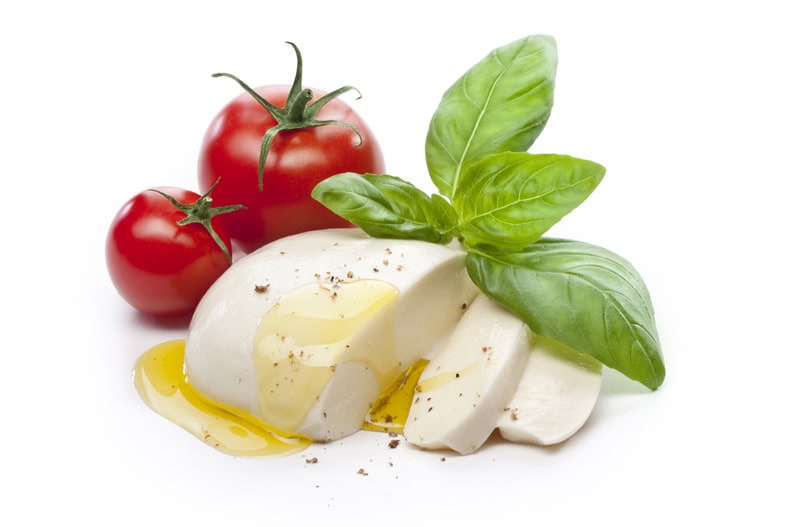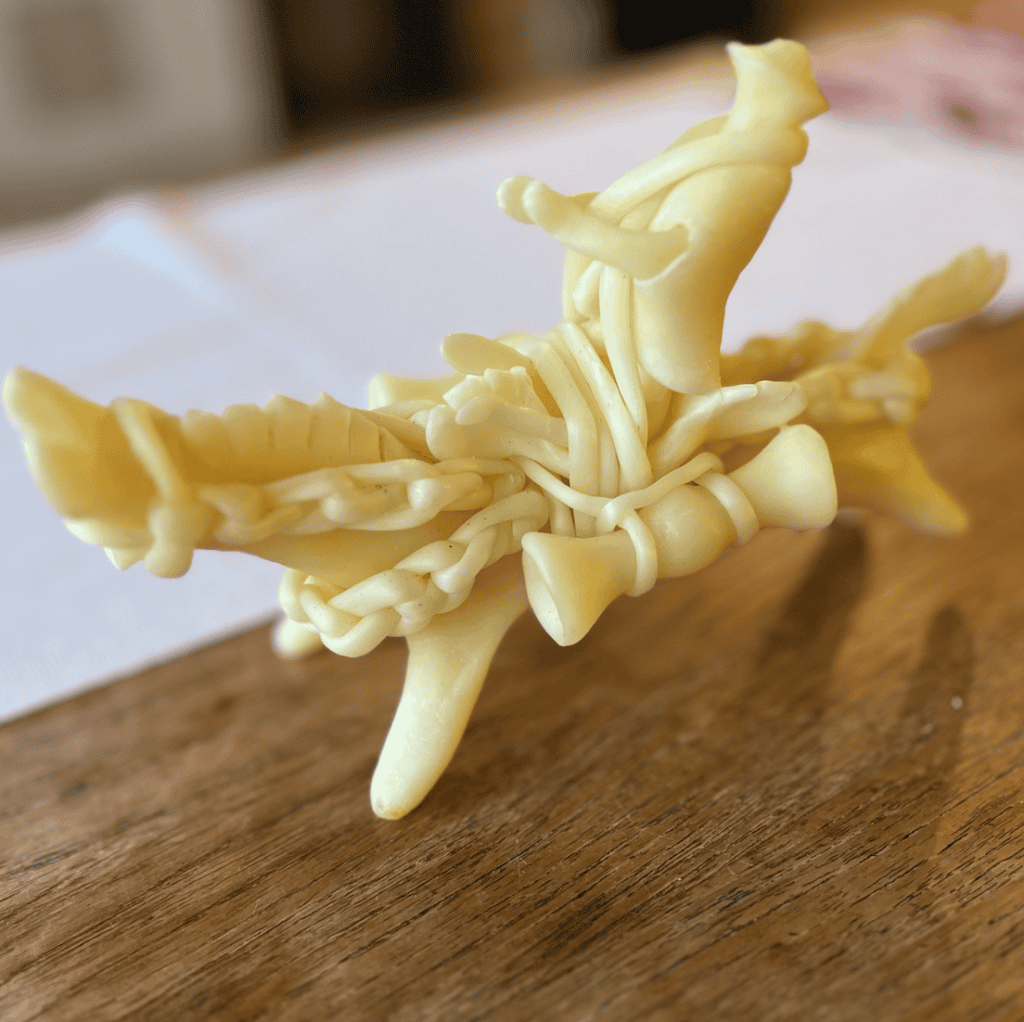Pecorino Siciliano – The Ancient Cheese of Sicily

Pecorino Siciliano DOP is one of Italy’s most ancient cheeses, with origins dating back more than two thousand years. Greek settlers in Sicily already practiced sheep farming and cheese production, and later the Romans praised hard sheep’s milk cheeses from the island. The historian Diodorus Siculus wrote in the 1st century BC about Sicilian cheese “of exceptional quality”. Today, Pecorino Siciliano holds DOP status (since 1996) and represents one of the oldest documented cheeses in Europe.
Production Area and Sicilian Terroir
The cheese is produced across Sicily, mainly in pastoral inland provinces such as Palermo, Agrigento, Trapani, and Enna. The landscape here, with its limestone hills, aromatic wild herbs and Mediterranean climate, creates exceptional grazing for local sheep breeds. The milk used must come from native Sicilian breeds such as Valle del Belice, Comisana, and Pinzirita, all well adapted to the island’s dry and rugged environment. This unique milk is the foundation of Pecorino Siciliano’s distinctive character.
Traditional Production
Pecorino Siciliano is made from raw sheep’s milk and produced according to long-standing artisanal methods. Coagulation is done with lamb rennet (caglio di agnello), which contributes to the cheese’s rustic, slightly wild aroma profile. After curd cutting and manual pressing, the cheese is shaped in baskets made of cane or in modern molds that mimic the traditional basket design. These give Pecorino Siciliano its iconic striated rind.
Salting is done dry and by hand, and maturation ranges from 4 months up to over 12 months depending on the desired style. The younger cheeses are mild, while the older ones are intense and complex.
Flavour and Texture
In its youth (fresco), Pecorino Siciliano is compact and slightly elastic in texture with subtle sweetness and notes of fresh milk, wild herbs and grass. As it matures (stagionato), the paste becomes harder and more crumbly, developing savoury umami, salty depth and a pleasantly piquant finish typical of aged pecorino. The aroma often carries hints of lanolin, hay, toasted nuts and warm Mediterranean vegetation.
Compared to other pecorino cheeses, Pecorino Siciliano is more rustic than Pecorino Toscano and less sharp and salty than the widely known Pecorino Romano. It delivers pure character and a strong sense of place.
Production Volume
Unlike mass-produced pecorino styles, Pecorino Siciliano remains a relatively rare cheese, much of which is consumed locally in Sicily. Only a small volume is exported, and DOP-certified versions are even harder to find—making it a true gem for cheese enthusiasts.
Culinary Uses
Pecorino Siciliano is an essential ingredient in Sicilian cuisine. It can be enjoyed both as a table cheese and grated over pasta. Traditional uses include:
- Pasta alla Norma – over tomato, aubergine and basil
- Pasta con le sarde – a Sicilian classic with sardines, fennel and raisins
- Pane cunzatu – rustic bread with tomato, oregano and olive oil
- Arancini – as a flavorful filling
- Salads and antipasti – with olives, capers and sun-dried tomatoes
For pairing, aged Pecorino Siciliano matches beautifully with Nero d’Avola, Cerasuolo di Vittoria or Etna Rosso. Younger versions pair well with Sicilian whites like Grillo or Carricante.
A Cheese with Soul
Pecorino Siciliano is more than a cheese – it is a cultural expression of Sicily’s shepherding traditions, climate and rugged beauty. Bold, authentic and full of character, it is a must-try for anyone passionate about real cheese with personality and heritage.
Pecorino Siciliano – The Ancient Cheese of Sicily Read Post »





